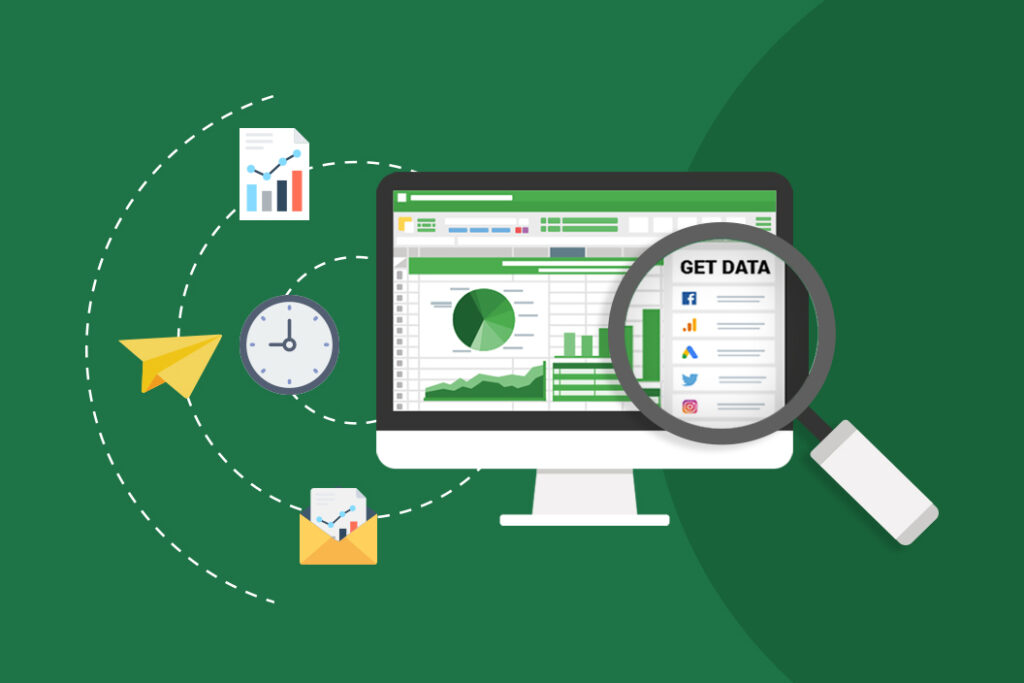Personal Career & Learning Guide for Data Analyst, Data Engineer and Data Scientist
As a data analyst, it’s important to be able to quickly and efficiently analyze large amounts of data. One of the ways to do this is by counting the number of occurrences of specific values or text strings in your data.
In Excel, you can count the number of occurrences in an entire workbook, which is a collection of multiple worksheets, by using a combination of functions and techniques. One of the most useful functions for this task is the “COUNTIF” function. The “COUNTIF” function counts the number of cells in a range that meet a specific criteria.
To count the number of occurrences in an entire workbook, you can use the “COUNTIF” function in combination with the “INDIRECT” function. The “INDIRECT” function is used to create a reference to a specific cell or range of cells, which can then be used as the range in the “COUNTIF” function.
To count the number of occurrences in an entire workbook, you can start by creating a summary worksheet that lists all of the worksheets in your workbook. You can then use the “INDIRECT” function to reference each worksheet in the summary worksheet, and use the “COUNTIF” function to count the number of occurrences of the specific value or text string in each worksheet.
You can also use the “SUM” function to add up the results of the “COUNTIF” function for each worksheet, giving you the total number of occurrences in your entire workbook. By using the “INDIRECT” and “SUM” functions in combination with the “COUNTIF” function, you can easily and efficiently count the number of occurrences in an entire workbook and use this information to make informed decisions.
In conclusion, counting the number of occurrences in an entire workbook can be a useful way to quickly and efficiently analyze large amounts of data. By using the “COUNTIF”, “INDIRECT”, and “SUM” functions in Excel, you can easily count the number of occurrences of specific values or text strings in your data and use this information to make informed decisions. Whether you’re a seasoned data analyst or just starting out, mastering these functions will help you become more efficient and effective in your work.
Excel Example for Data Analyst – Count occurrences in entire workbook
 Loading...
Loading...
Latest end-to-end Learn by Coding Projects (Jupyter Notebooks) in Python and R:
All Notebooks in One Bundle: Data Science Recipes and Examples in Python & R.
End-to-End Python Machine Learning Recipes & Examples.
End-to-End R Machine Learning Recipes & Examples.
Applied Statistics with R for Beginners and Business Professionals
Data Science and Machine Learning Projects in Python: Tabular Data Analytics
Data Science and Machine Learning Projects in R: Tabular Data Analytics
Python Machine Learning & Data Science Recipes: Learn by Coding
R Machine Learning & Data Science Recipes: Learn by Coding
Comparing Different Machine Learning Algorithms in Python for Classification (FREE)
There are 2000+ End-to-End Python & R Notebooks are available to build Professional Portfolio as a Data Scientist and/or Machine Learning Specialist. All Notebooks are only $29.95. We would like to request you to have a look at the website for FREE the end-to-end notebooks, and then decide whether you would like to purchase or not.
